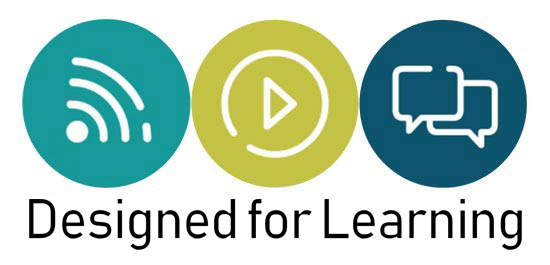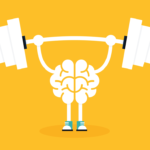07 Dec Designing Learning for the Right Audience
W hen we design an online learning programme one of the first things we do with clients during our Learning Design Day is to try and define the audience as accurately as possible. We try and identify who they are, what they already know and also what their motivation is for learning more. Sometimes we manage to identify a specific group that will particularly benefit from the learning but more often than not we end up trying to design something that works for everyone. I guess this is one of the downsides of e-learning – because it’s so easy to train so many the temptation is to push it out to as wide an audience as possible to justify the cost. BUT this is a flawed approach because instead of speaking directly to our key target audience we end up being bland and ineffectual. That’s why this article from B2B marketing agency Velocity caught my eye and makes a lot of sense for those involved in learning design too:
hen we design an online learning programme one of the first things we do with clients during our Learning Design Day is to try and define the audience as accurately as possible. We try and identify who they are, what they already know and also what their motivation is for learning more. Sometimes we manage to identify a specific group that will particularly benefit from the learning but more often than not we end up trying to design something that works for everyone. I guess this is one of the downsides of e-learning – because it’s so easy to train so many the temptation is to push it out to as wide an audience as possible to justify the cost. BUT this is a flawed approach because instead of speaking directly to our key target audience we end up being bland and ineffectual. That’s why this article from B2B marketing agency Velocity caught my eye and makes a lot of sense for those involved in learning design too:
Marketers are instinctively inclusive. Our default is to set our crop-sprayer on the widest possible setting, covering the largest possible audience for everything we do. If a single piece of content can cover more than one target audience, why not go for it? It saves time and money and raises your Return on Content. Unfortunately, it’s not always a good idea to try to kill two birds with one content stone. In fact it’s rarely a good idea.
Here’s why:






No Comments